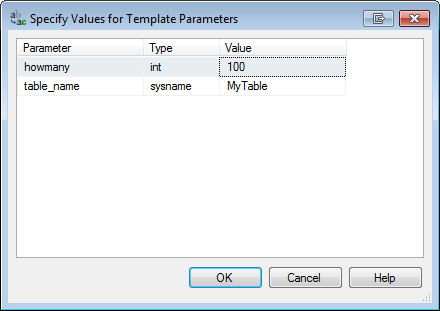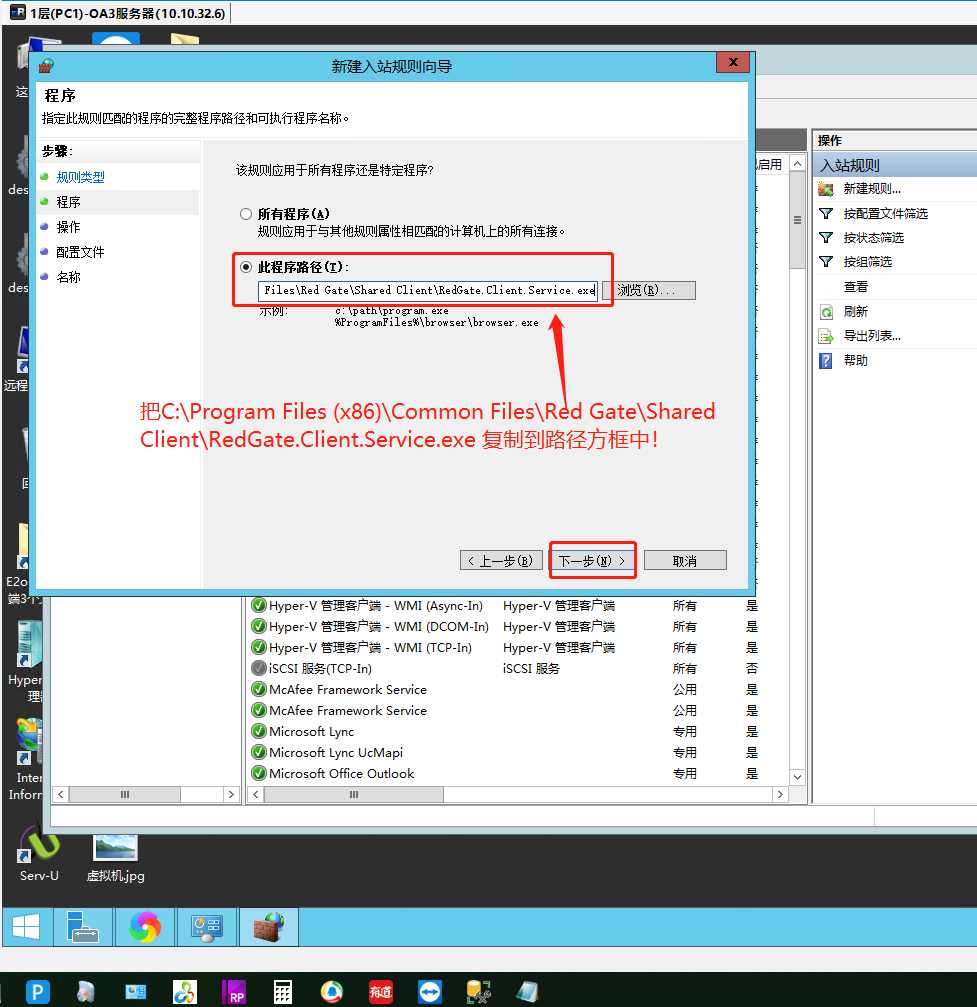

Primary key and foreign key columns are indicated by key icons. The column picker allows you to choose multiple columns from the table. Press Ctrl + Left arrow to show the Column Picker:.Press Ctrl + Space to display the suggestions box.To insert specific columns from the CUSTOMER table, rather than all the columns, move the cursor to just after the * (asterisk) and click the Backspace button to delete *.You can move the cursor to just after the * and press Tab to insert all columns: SQL Prompt will insert the matching suggestion whenever you press Space, so your query should now look like this: In the Options dialog box, go to the Main > Behavior page, then under Insertion Keys, select Space bar, then click OK.įrom now on, each time you press Space, the currently highlighted suggestion will be inserted into your query.On the SQL Prompt menu, select Options.In this example, Space is used as an additional insertion key. See Inserting suggestions into your code.Įxample 2: Using the Column Picker to select and insert columns You can also change how object names are qualified when inserted into your code.You can change the case used for keywords. Note that SQL Prompt automatically replaces lower case keywords with upper case as you type.To turn off the automatic display of the object definition box, see Using the object definition box.The Script tab will be the default view from this point onwards. To view the object creation script for an object instead of a summary, click the Script tab in the object definition box.

To set other insertion keys, for example Space or Dot (.), see Managing SQL Prompt behavior. Press Tab or Enter to insert the current suggestion.Use the Up and Down arrow keys to move through the list of suggestions.In SQL Server 20, SQL Prompt automatically inserts the schema name for objects in non-default schemas.


 0 kommentar(er)
0 kommentar(er)
